Affiliate links on Android Authority may earn us a commission. Learn more.
Tablets: why we don’t love them anymore, but (maybe) we should
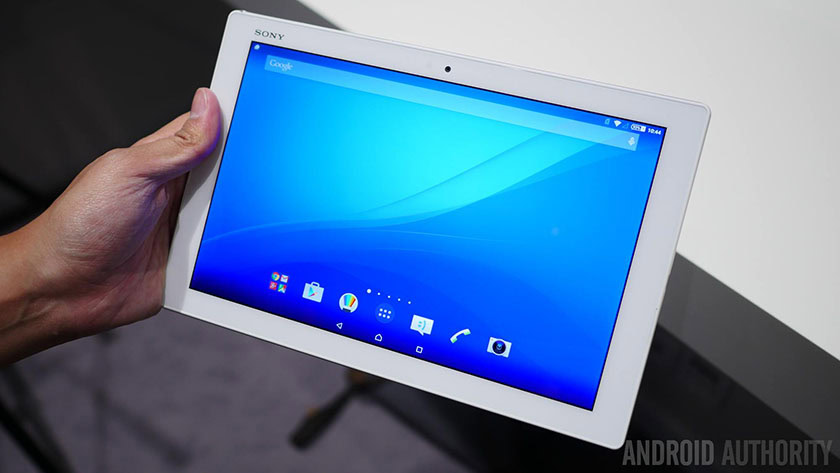
These days, it seems most of the world is smitten with smartphones. Sales are up, prices are going down, and the competition has never been fiercer. The same can not be said, however, about their sizer ilk, tablets. With even Apple finding that sales are slipping, it’s quite clear there is something up with large screen devices. Ironically enough, if we travel back in time just a few years, there was no shortage of optimism. Fast forward to the recent past however, and trouble is looming on the horizon. Things have changed indeed, with companies like Samsung and even Google experimenting with 4:3 aspect ratios, and rumors circulating that 2015 will pass without the release of a new Nexus tablet.
In this piece, we’re going to take a look at the tablet market, try to understand just why tablets aren’t faring as well as smartphones, and point out some plausible, possible reasons why you might want to (re)consider using one.
Looking back (to go forward)
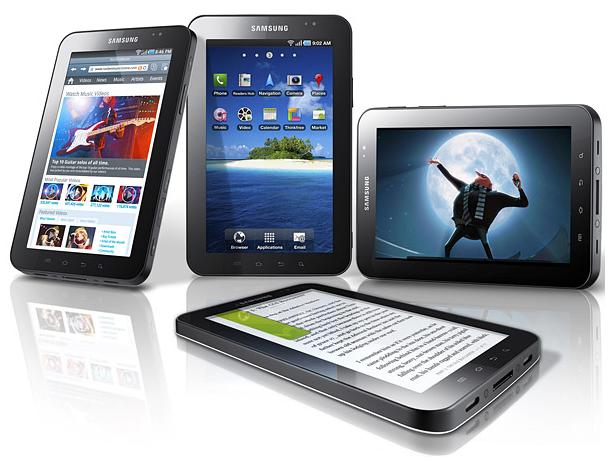
First and foremost, before we can begin to understand just what’s going on with tablets, it’s necessary to understand where the device format has came from, at least with respect to Android. The first tablet mainstay to hit the consumer market was Samsung’s Galaxy Tab. The original Galaxy Tab, back when there was only one Galaxy Tab line/size, if one can believe it. The product was launched the same year Apple gave the world the original iPad, and in no small way, was Samsung’s attempt to not only establish itself as a major force to be recognized with in the device classification format, but to pre-empt rival Android OEMs and potentially take a piece of the lion’s share of the market Apple was then-enjoying.
The device was, at best, a 7-inch Galaxy S, and indeed the OS itself would occasionally “forget” it was running on a tablet and instead refer to the Tab as a phone. The fact that non-North American models could also make voice phone calls with the included cellular radio definitely did little to clear up the confusion. ASUS was arguably the next major player when it decided to release the first 1080p Android tablet. Motorola would follow shortly with its XOOM, the Nexus-that-never-was device that launched the much-maligned Honeycomb.
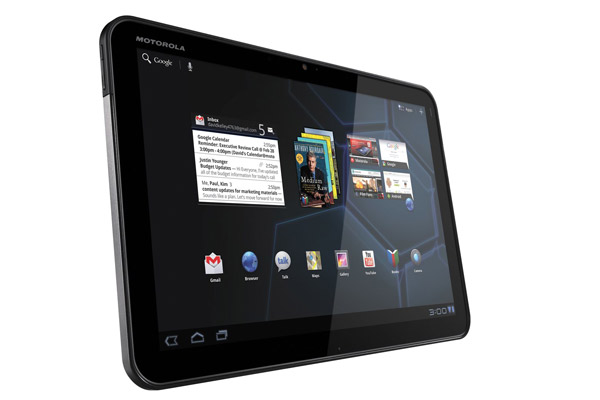
Following Motorola’s “non-Nexus”, tablets more-or-less exploded, with established OEMs and non-brands alike trying to get in on the action. ASUS had just released the Transformer, would later release the Transformer Prime which shocked owners when it received Ice Cream Sandwich quite quickly. Google itself made waves with the original Nexus 7 given the excellent price point (save for those who used eBay to buy the White-colored I/O Edition…) and great specs. By the time 2014 hit, the only real shake up in the tablet game was Samsung’s releasing a pair of products with a Super AMOLED display, the first time such technology was ever included on tablets larger than 7.7 inches.
Chances are you might (have) own(ed) or wanted one of the devices specifically mentioned above, or perhaps one that wasn’t. Either way, tablets were once big news, and it seemed like every one was racing to the bottom in their quest to sell as many as possible.
Tablapathy: why “no one” cares anymore
Now that we understand a bit about the general history of Android Tablets, let’s consider why it seems people don’t go for them with the same gusto that once rang true. Look no further than the following table (courtesy of IDC) to get a feel for the lengthening lethargy:
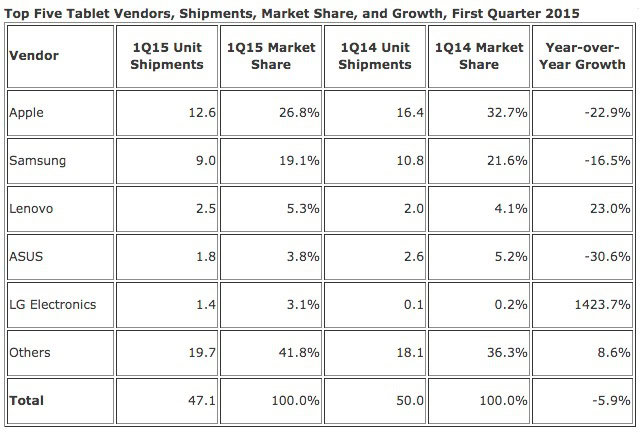
As you can see, tablet sales for Q1 decreased almost 6% year-on-year, mostly at the expense of the two largest players, Apple and Samsung. LG had a surprisingly strong boost with the release of the G Pad product line, though another mainstay, ASUS, faced the largest decline of all. What might be causing this?
The race for space
Unlike phones, which people carry with them and use daily, tablets are often seen as a “luxury” that extends only to the home and travel. Obviously, this doesn’t apply to everyone, but compared with the forced acceptance that carrying a phone means having it on you at all times, owning a tablet is something that need not go with you 24-7. While smaller devices are more convenient for say, using on the train during a commute to work, lugging around a 10.1 inch product, or dare I say, a 12.2-inch one, makes things just that much more cumbersome. On said crowded train, chances are you don’t have the luxury to make use of copious amounts of space, and thus the smartphone is enough. When you get home however, it’s much easier to use a tablet and prop it up on a sofa or kitchen table where you need not worry about a confined environment.
Size issues
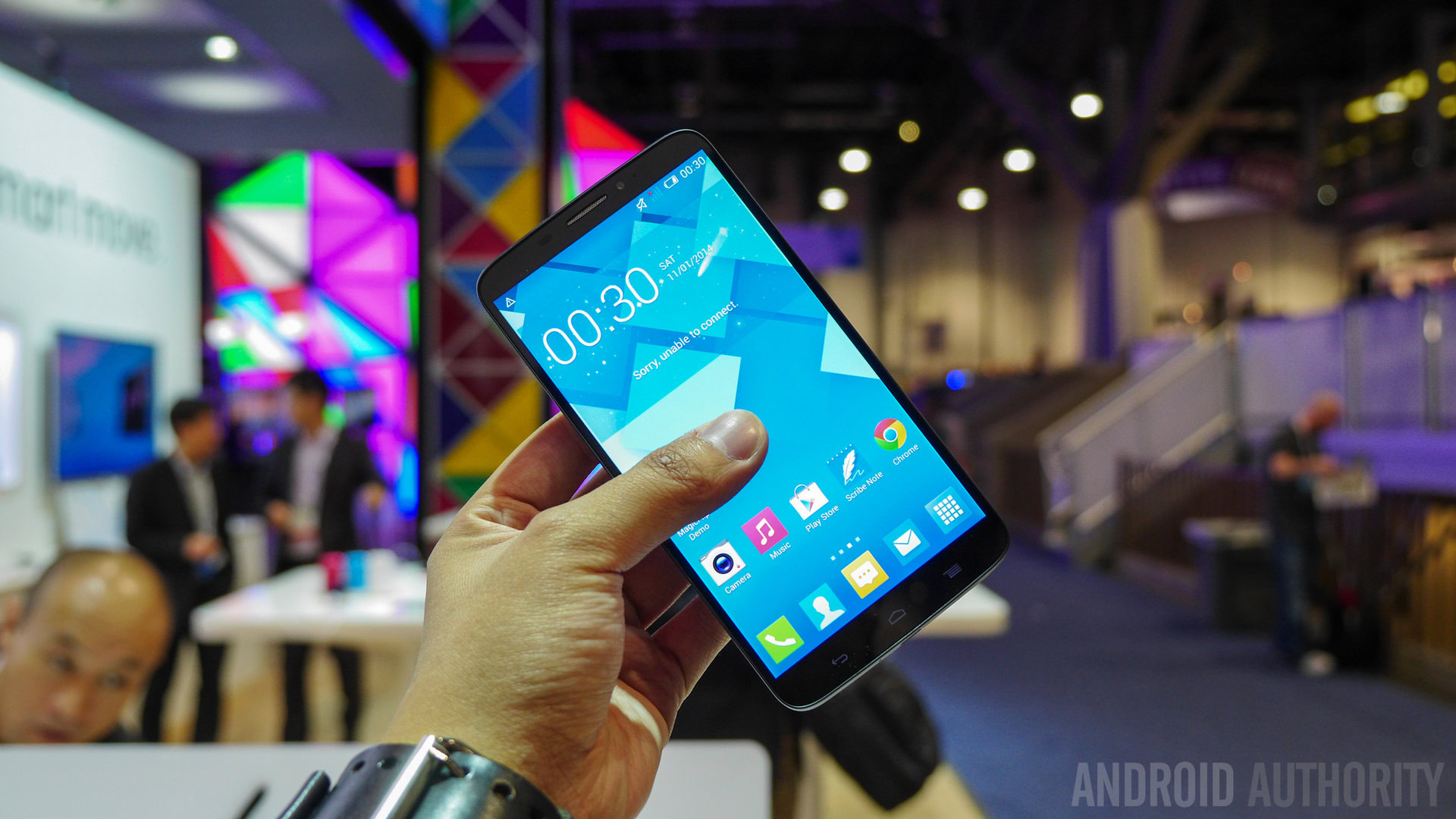
From my own personal observations here in Tokyo, for example, it’s shocking just how quickly tablets have vanished from visibility on the subway or train in the past few years. At one point the iPad and iPad Mini could be seen virtually everywhere, and even the Nexus 7 or a Fujitsu tablet. These days, it’s almost strange when someone is using a tablet if only for the fact that it’s so large. That largeness may indeed be a sizable reason why tablets sales are slagging. Once upon a time, when big Android phones were a scandalous 4.3 inches, the prospect of a 7-inch tablet, or especially a 10.1-inch product, were especially enticing. This was all the more true with something like ASUS’s second Transformer Prime, the first Android tablet to feature 1080p screen resolution. The experience was truly much more grandiose with a product that was potentially over twice-as-big as the phone you were carrying around on a daily basis.
In 2015 however, the phablet, once a word coined for Samsung’s hideously big Galaxy Note, can be seen everywhere, even on Google’s own Nexus line. Heck, I love the form factor so much that last year I spent several months rocking the Korea-only Galaxy W, a 7-inch phone. Still, for many people out there, a device like the Galaxy Note 4 is large enough to meet the needs of productivity and recreation, and if said needs are both met with one single product, why then would such a satisfied customer go out and spend money on something they don’t need.
The lack of motivation
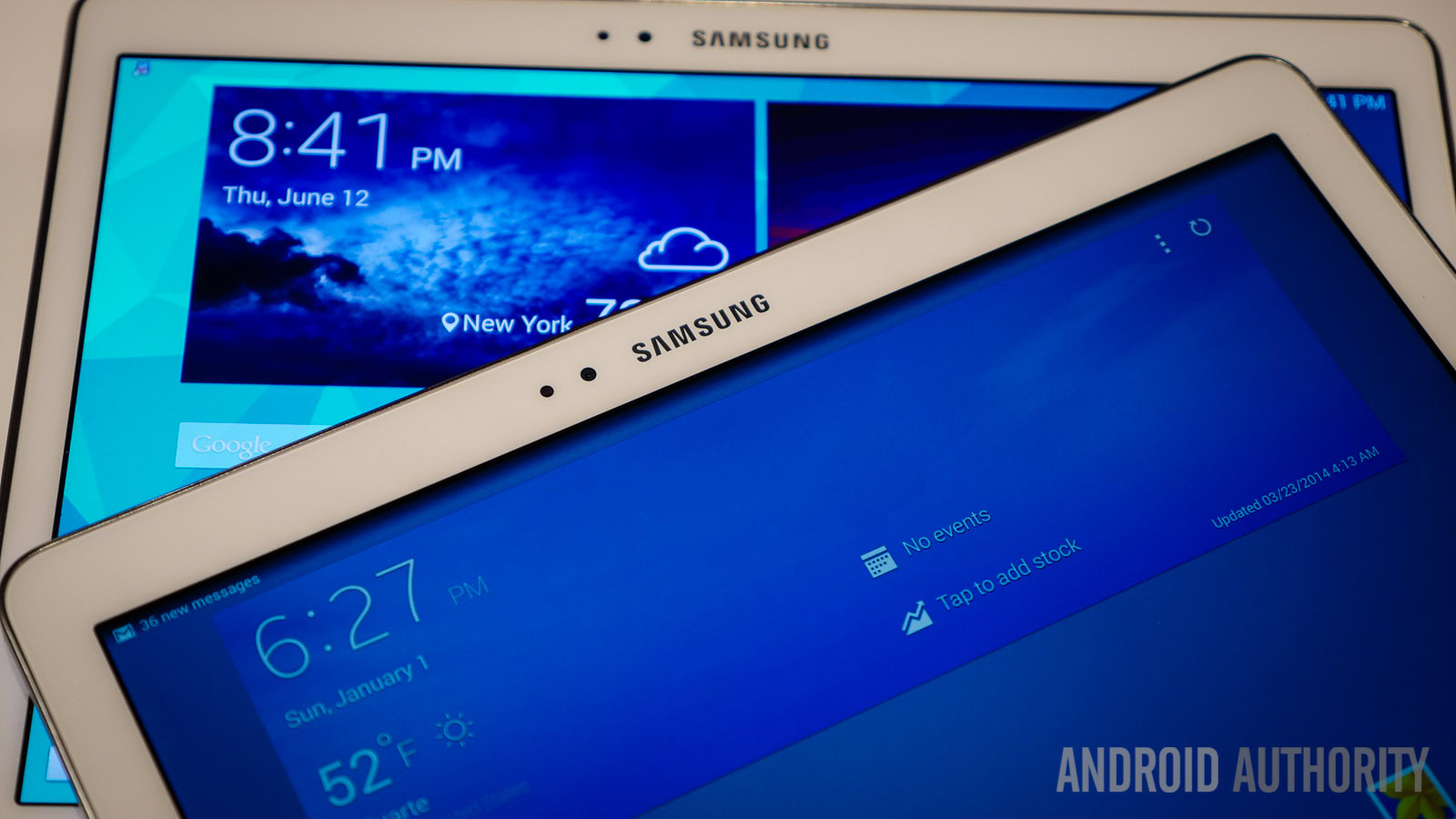
Another problem tablets face is the need to buy another one, or specifically, the lack thereof. Phones are a daily necessity, and go with us everywhere. They are more likely to break or get damaged. A tablet that sits on the dining room table, on the other hand, is probably going to remain in relatively usable condition for years save for accidents or overly aggressive children. Unless we’re talking about the most die-hard of spec seekers, the vast majority of consumers simply won’t be interested in replacing a product that fulfills its uses sufficiently: “Sure a QHD display would be nice, but do I really need to spend the money when my 1080p looks fine?”
Therein lies the other main motivational problem: differentiation. Tablets release constantly, yet how much change can actually be made from product-to-product? Perhaps nowhere could this be seen best than to look at Cupertino’s small-sized embarrassment from 2014: there was almost no difference from the iPad Mini 2 and 3, save for the addition of Touch ID and a gold color scheme. With Android there tends to be a slight bit more inner upgrades (see the Galaxy Tab 3 vs Galaxy Tab 4, for example), but even then, it’s more of a spec-sheet situation than it is anything truly tangible to the masses. For someone who has paid $400-600+ for a tablet, specs really don’t matter when the thing is just going to “sit on the sofa all day”.
Pushing the envelope
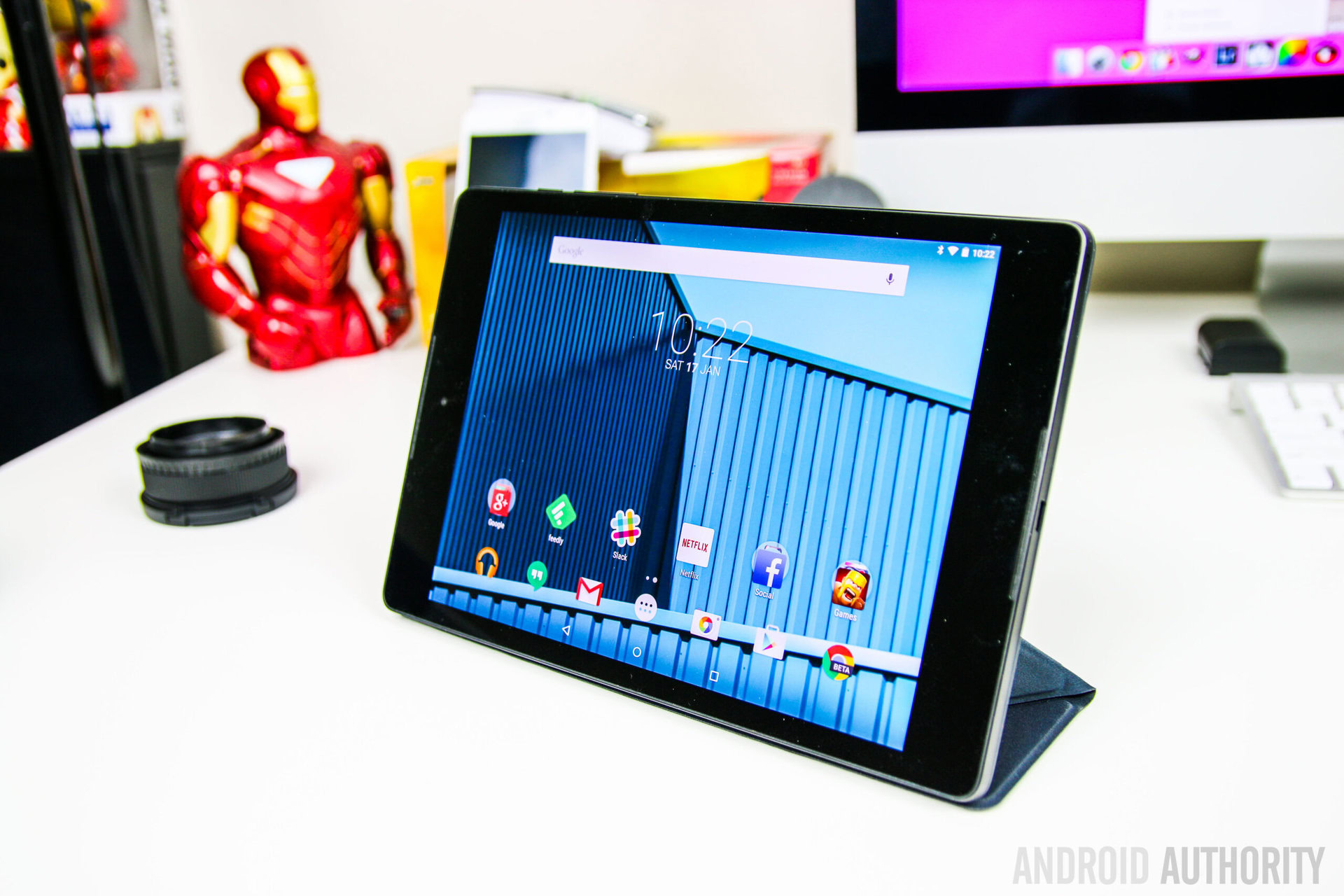
Google sought to pose the tablet proposition in a new light late last year, when it unveiled the HTCconstructed Nexus 9. The 4:3 aspect ratio was a dramatic change of pace from the 16:9 screen size that seemingly every OEM made use of. Things further advanced when Samsung announced the Galaxy Tab A series, also with a 4:3 aspect ratio, and now even ASUS is in on the action. This may very well be an attempt to cash-in on iPad sales by emulating the viewing experience, but it could also simply be an attempt at trying something new just to revitalize the market itself. The size factor means that there is more space to view things such as websites, and as a result there are new perspectives in which OEMs could try and sell their devices. Samsung, for example, is clearly going to try and sell the Galaxy Tab S2 with its apparent 4:3 metal-build.
Still. There looks to be trouble in paradise, as mentioned earlier, rumor has it Google will not announce a new tablet this year, but instead two smartphone Nexus devices. This would make 2015 the first year since the start of the Nexus tablet line, not to receive such a device. (For those in need of a refresher, the original Nexus 7 launched in 2012, along the Nexus 10; then in 2013 the (newer) Nexus 7; 2014 was the year the Nexus 9 hit stores). Some are already lamenting the likelihood that there won’t be a Nexus 7 (2015 Edition), though in all probability the general public is likely to not notice anything whatsoever, with the endless supply of 7-inch products available, many of which have excellent specs and come at a reasonable price. Then again, if Google’s main objective was to get more OEMs to make tablets (thus translating to more revenue for Google via ads and whatnot) then it need not even care if there is a new Nexus or not, similar to what Microsoft was aiming for with its Surface tablet concept.
But let’s stop thinking of tablets as slates for a moment, and consider just what else they might be or become in the not-so-distant future:
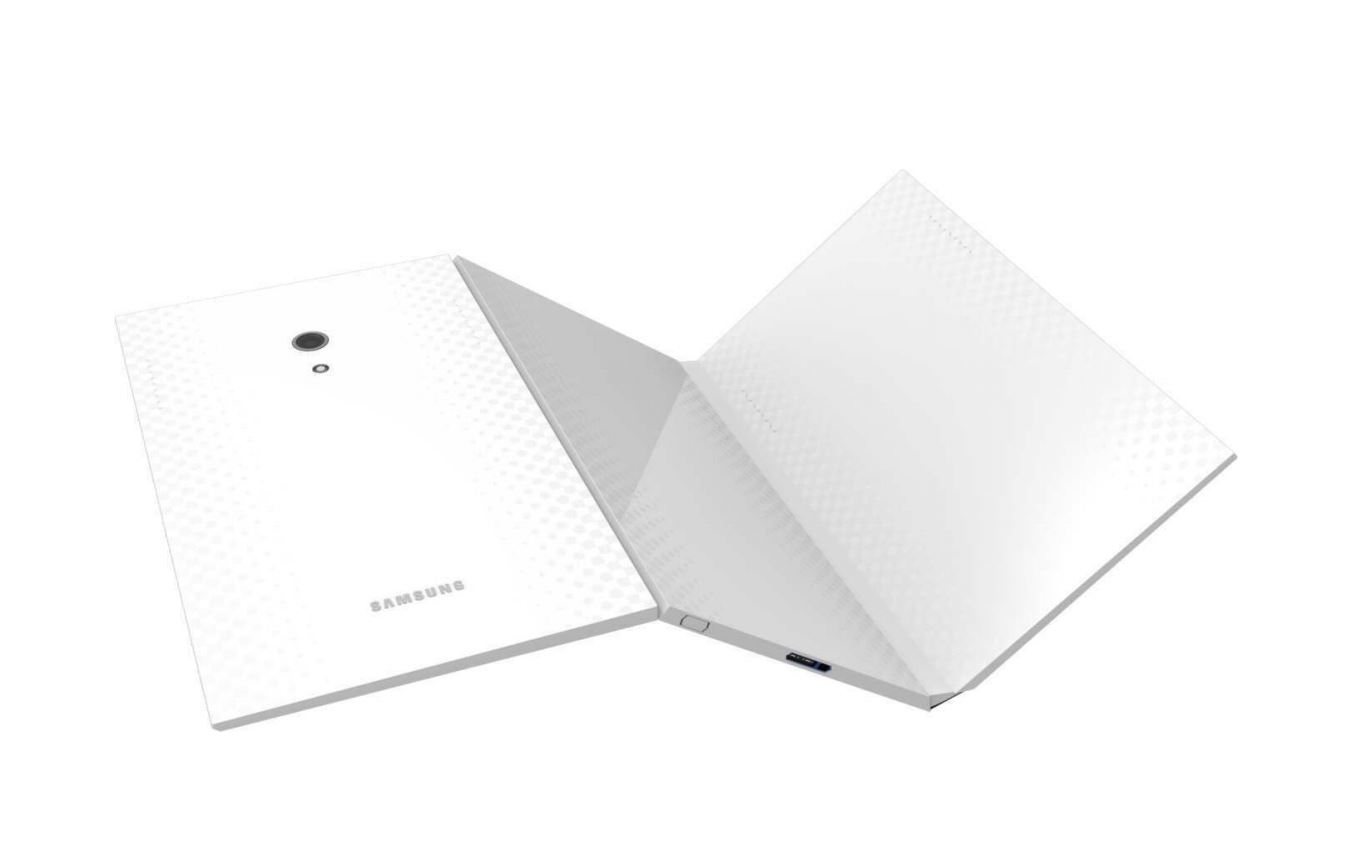
The picture above was discovered a few days ago and may (or may not) be the rumored Project Valley that Samsung is said to be developing. What it is, however, is clearly a foldable tablet, and a rather sleek and realistic one at that (sorry folks, the whole Minority Report paper-thin newspaper concept is out of the realm of the real, for the time being). It’s very much a product that would have been right at home coming from Sony circa 2005. It’s also a tablet that would seek to redefine the very idea of what a tablet is, namely a rigid slate. A product like this could make a lot of waves and have a multitude of uses (especially with the right multitasking software) and very well ignite the world’s interest in the tablet form factor once again.
Wrap up (or why you should still want a tablet)
Truth be told, I am very much a tablet person. The experience is markedly different from that of a phone. It’s larger, more leisurely, and more legible. Truth also be told that I’m someone who lusts after any new piece of tech, thus tablets are simply another venue for which I can pursue a potential purchase.
But what about you, the reader? Why should you care about tablets? Well in truth, it’s hard to convince someone to get something they don’t see a need for, but allow me to try nonetheless:
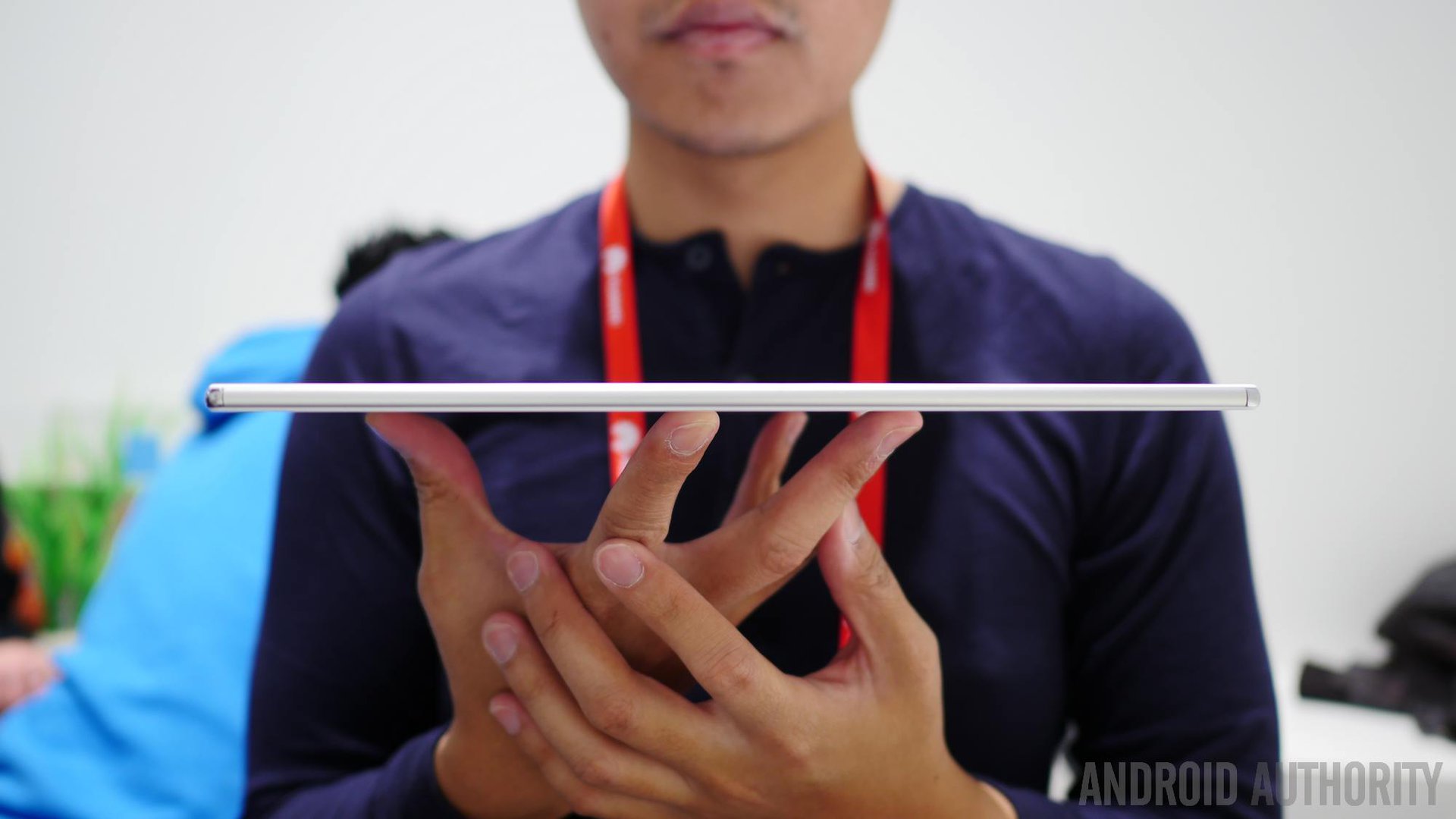
1. Tablets are great for those with bad eyesight, especially larger devices. While even a Nexus 6 might be great for a phone, those with poor vision will no doubt benefit from having a 10.1 inch device, all the more so if the font size is increased dramatically. They can make great presents for those more senior in age who might otherwise have trouble reading books.
2. Tablets are great for those with good eyesight. Even people with 20/20 vision can strain their eyes, and staring at a (relatively) small screen for excessive amounts of time is a great way to elicit such a reaction. Just imagine how much more enjoyable a 14 hour flight could be if, instead of squinting at a 5-inch display, you were relaxing while feasting your eyes on a 10.1 inch panel.
3. Tablets are great for those with kids. Once again, the large size factor makes them very easy for little children to interact with. There are also many tablet-specific applications for kids. Many OEMs have woken up to this potential market and have included (or rather, left in) the ability to have multiple user accounts on tablet devices, or even have dedicated “Kids Mode” themes or settings.
4. Tablets are great for consumers who don’t have a large phone. For all those people who prefer a smartphone to fall under the 5-inch category, having a tablet means having a totally different user experience, and given how then and light many of them are, lugging one around is seemingly a chore in principal, not in practice.
5. Tablets are great for people who want to keep “business and pleasure” separated. I, for example, opt not to install many games on my smartphone so as to diminish the potential battery drain that would result from any number of background processes running or alerts or whatever else might be going on. With my tablet however, I have all the games and whatnot installed given the device’s larger battery and screen size. In doing so, I also eliminate the potential for me to be playing any random game at work or elsewhere when my attention should be focused on the task at hand.
6. Tablets are great for business-oriented consumers. I will be the first to admit that typing on a phone is perfectly natural for me (heck, I’ve scribed several lengthy pieces like this on my phone before) but not everyone might agree. Typing on a phone can be cramped and a tedious process. A tablet on the other hand, is a much more spacious experience and indeed there are any number of business productivity suites that are, arguably, best optimized for use on a larger device. Likewise, unlike smartphones which typically have nothing more than Bluetooth keyboard options, tablets often have any number of “laptop-esque” docks created for them to make a much more traditional experience out of business productivity.
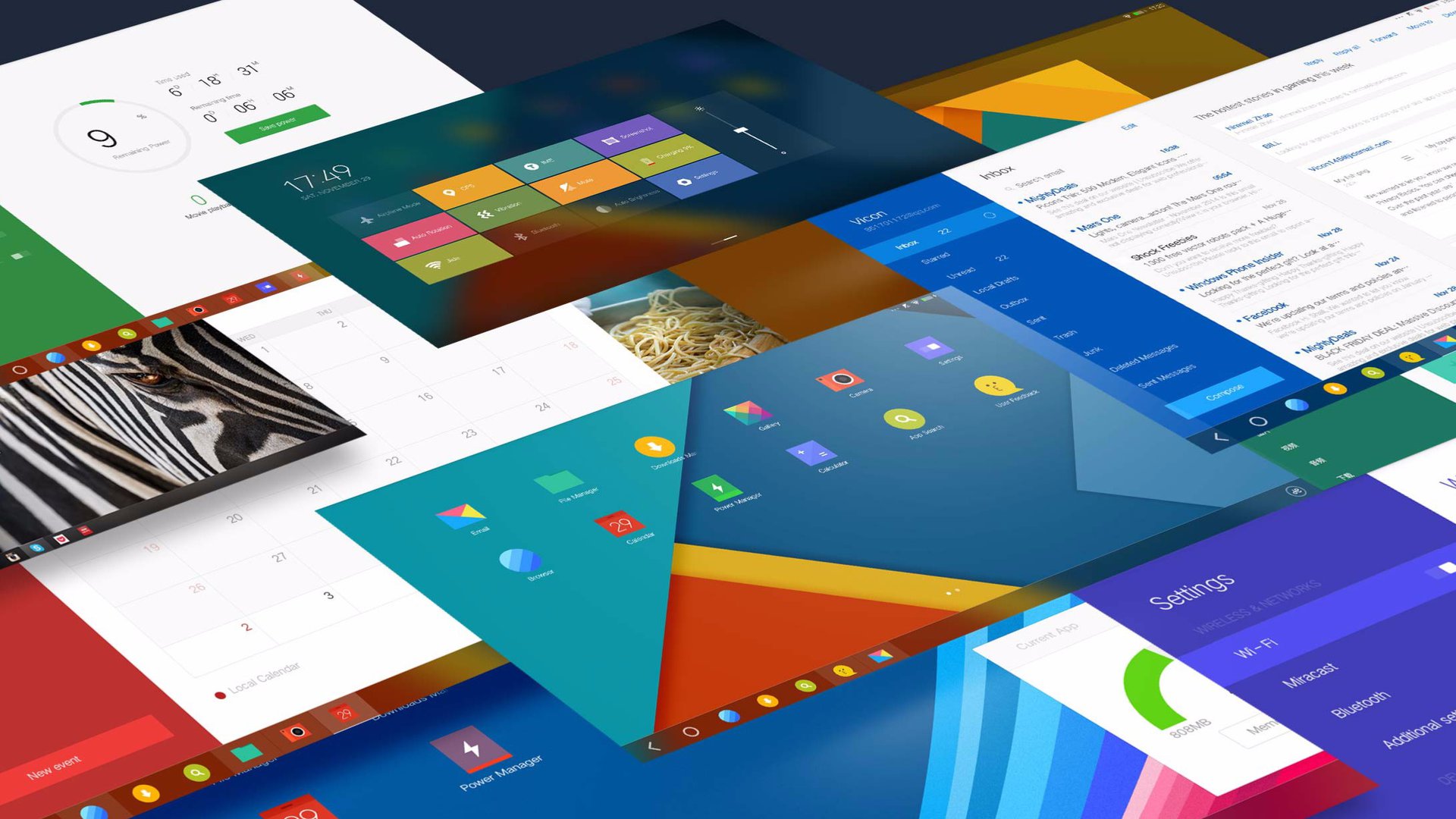
7. Tablets are good for people who are concerned with battery life. Let’s face it, even the best smartphone is only as good as it’s battery, and as screen resolution gets higher and higher, the power needed to push those pixels also increases exponentially. Rumor even has it that 2016 may see 4K displays. Set your current device to 75% brightness, then watch a 10-minute YouTube video. Note how much battery charge has dropped. This, for example, is one reason I am loathe to do such things on a smartphone, because what happens if you need to make a call or type an e-mail at the end of the day, and the device is hovering around 5% of battery life. Sure, the Ultra Power Saving Mode features in some phones might solve the problem, but isn’t it great to have a device explicitly for watching movies and whatnot? All the more so given the copious amount of mAh the average tablet battery has.
These are but seven reasons why you might want a tablet, but they are far from the only ones. Given the somewhat controversial nature of purchasing a tablet, we would be most interested to hear what you have to say. Please feel free to take the survey below, and leave us a comment with your thoughts on tablets, or your own purchase history. Why did you buy a tablet, or why aren’t you interested in owning one?